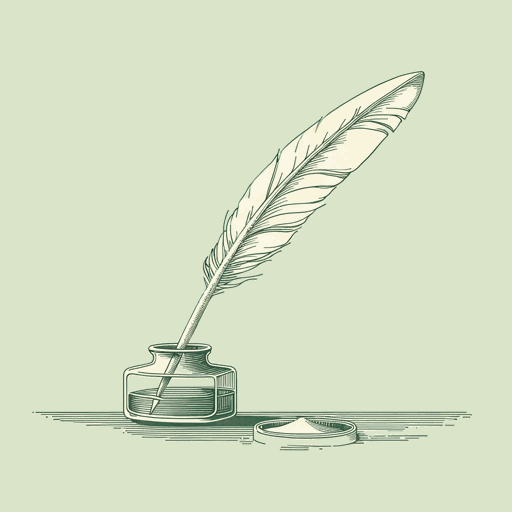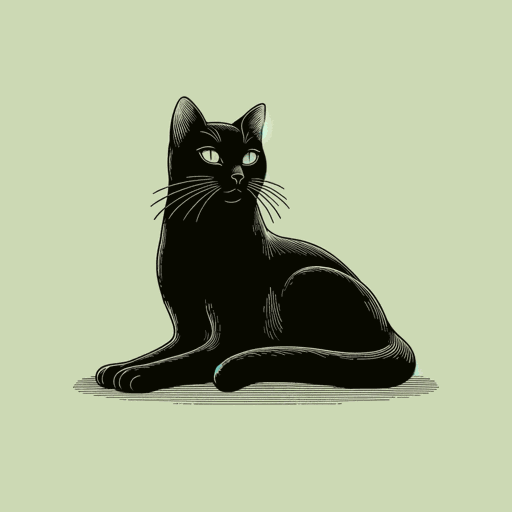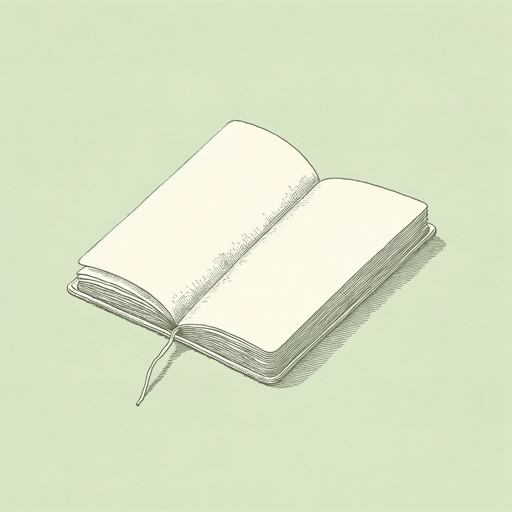23 pages • 46 minutes read
Rainer Maria RilkeLetters to a Young Poet
Nonfiction | Collection of Letters | Adult | Published in 1929A modern alternative to SparkNotes and CliffsNotes, SuperSummary offers high-quality Study Guides with detailed chapter summaries and analysis of major themes, characters, and more.
Literary Devices
Figurative Language
Figurative language is a literary device that stylistically heightens words’ emotional resonance. Often, figurative language refers to rhetorical devices that a writer uses to add layers of meaning to their words that go beyond the literal. A principle rhetorical device of this kind is metaphor or simile, in which an often-unconventional comparison changes or expands the meaning of words. Throughout Letters to a Young Poet, Rilke frequently uses metaphor and simile—unsurprising, given that Rilke is a poet, and such figurative language most characterizes lyrical poetry.
For Rilke, the use of such figurative language better conveys abstract concepts. Throughout his letters, Rilke advises Kappus on how to develop as a poet and the best way to live—themes that typically do not involve imagery. Metaphor allows Rilke to attach his advice to specific images, allowing him to make clearer points. For instance, Rilke employs metaphor in his fourth letter addressing Kappus’s numerous questions on how he should live. Rather than directly answer these questions, Rilke asserts the answers can only come from within Kappus himself, and that he must allow himself to slowly, independently discover these answers.
Related Titles
By Rainer Maria Rilke




